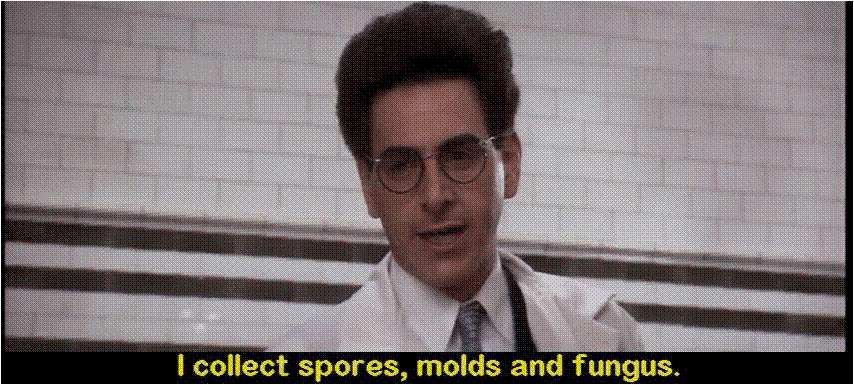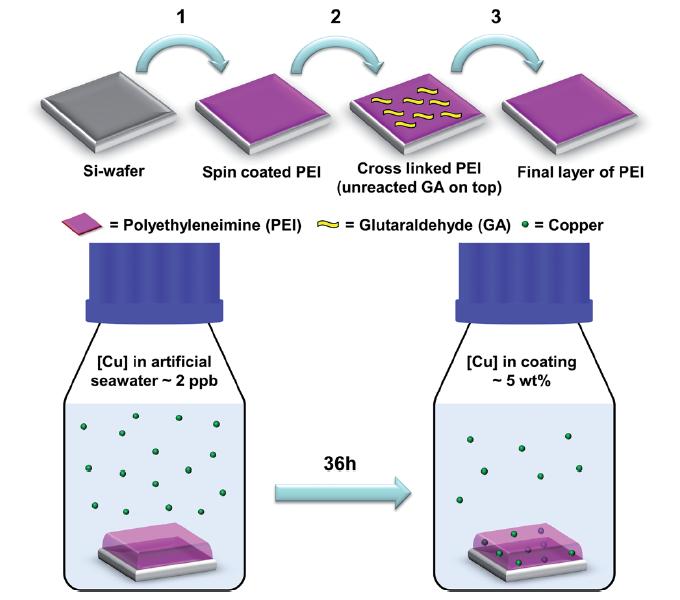Just published communication in RSC Advances.

A new study published from the Mawson Institute and the Wark at UniSA and QUT reveals how a straightforward plasma deposition of an inexpensive compound leads to effective antibacterial surfaces.
Chlorinated surfaces rapidly kill Staphylococcus epidermidis on contact. The action occurs rapidly and there is little difference if the prepared surface is dry, wet or washed.
Read more about this research here.




